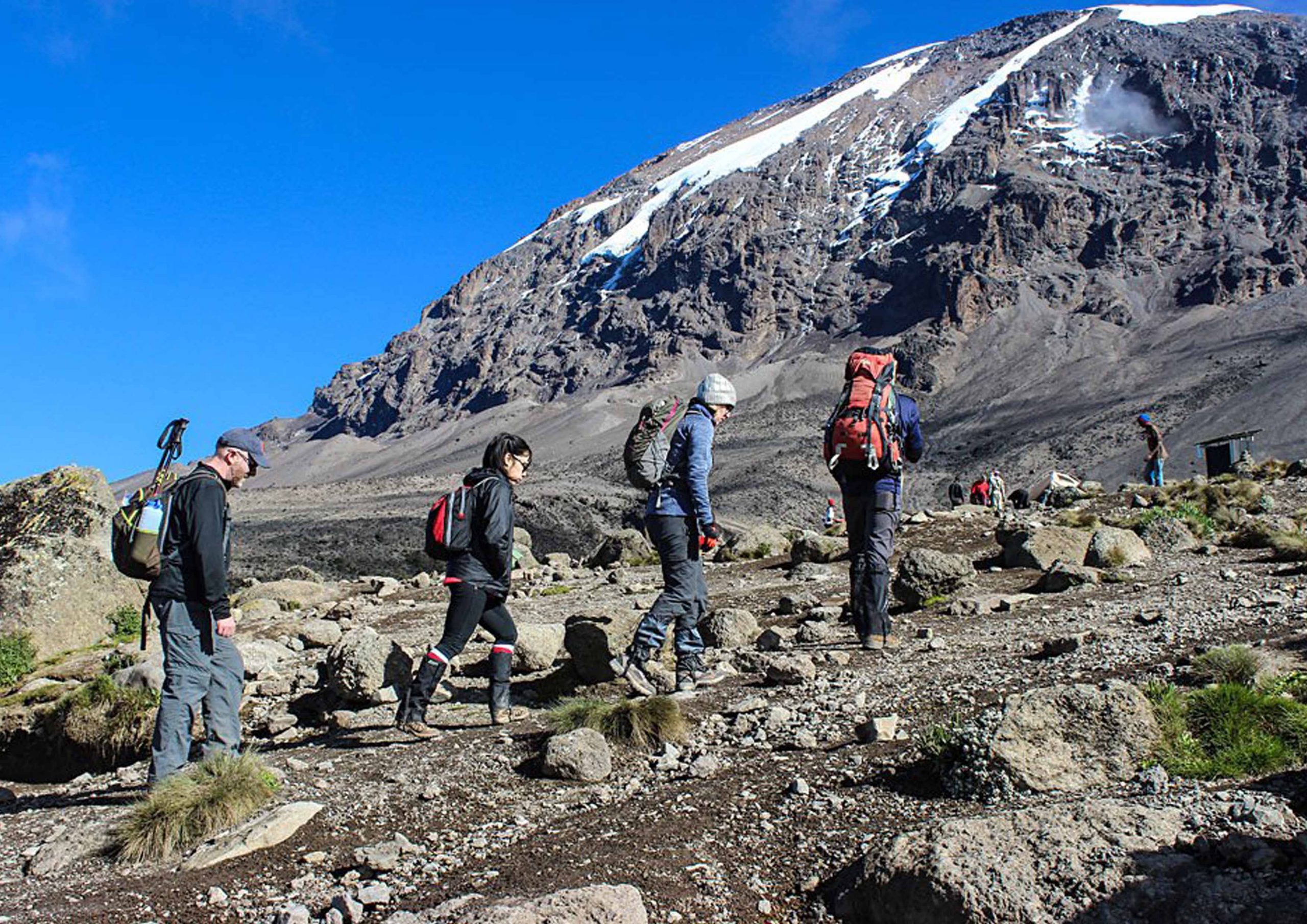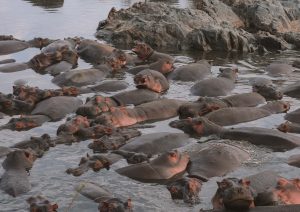What is the best month to climb Kilimanjaro?
The best time to climb Mount Kilimanjaro, the highest peak in Africa, is during the dry seasons. There are two main dry seasons:
- January to March (late-monsoon): This period is characterized by clear skies and warm temperatures. It’s a popular time for climbing, and the mountain is less crowded than during the busier mid-year months. However, be prepared for colder temperatures at higher altitudes.
- June to October (dry season): This is the most popular time to climb Kilimanjaro. The weather is generally dry, and the skies are clear. The temperatures are milder, and this period is considered the best for trekking.
Choosing the right time for your climb depends on your preferences and schedule. While the dry seasons are optimal, some climbers prefer the quieter months of the late-monsoon season.
Keep in mind that Kilimanjaro has its own weather patterns, and conditions can vary. It’s crucial to be well-prepared and equipped for different temperatures and weather changes, as you’ll encounter various climatic zones during the ascent. Additionally, it’s advisable to check for the latest information and updates regarding weather conditions before planning your climb.
Rainy Season
Kilimanjaro, the highest peak in Africa, experiences two main rainy seasons: the long rains (Masika) and the short rains (Vuli). The long rains typically occur from March to May, while the short rains usually take place from November to December.
Climbing Kilimanjaro during the rainy seasons can be challenging due to wet and slippery trails, reduced visibility, and lower temperatures. Additionally, the risk of altitude sickness may be higher during these periods. Many climbers prefer the drier months for their trek.
The best times to climb Kilimanjaro are generally during the dry seasons: January to mid-March and June to October. These periods offer more stable weather conditions, clearer skies, and better visibility, enhancing the overall climbing experience. Keep in mind that weather conditions on Kilimanjaro can be unpredictable, and it’s essential to be prepared for various conditions regardless of the time of year.
Kilimanjaro climbing safety
Climbing Mount Kilimanjaro, the highest peak in Africa, requires careful planning and attention to safety. Here are some key safety considerations for climbing Kilimanjaro:
- Choose a Reputable Tour Operator:
- Select a licensed and experienced tour operator with a good track record for safety.
- Research reviews and testimonials to ensure the operator has a positive reputation.
- Acclimatization:
- Ascend slowly to allow your body to acclimatize to the increasing altitude. This reduces the risk of altitude-related illnesses such as altitude sickness.
- Physical Fitness:
- Be in good physical condition before attempting the climb. Regular exercise, especially cardiovascular workouts and strength training, can improve your overall fitness.
- Guide and Support Staff:
- Ensure that your climbing party includes experienced guides, porters, and other support staff.
- Guides should be trained in first aid and rescue procedures.
- Climbing Routes:
- Choose a suitable route based on your experience, fitness level, and the duration you have for the climb.
- Some popular routes include the Machame, Marangu, Lemosho, and Rongai routes, each with its own challenges and scenery.
- Weather Conditions:
- Kilimanjaro’s weather can be unpredictable. Be prepared for varying conditions, including cold temperatures, rain, and strong winds.
- Pack accordingly with layers and waterproof gear.
- Altitude Sickness:
- Be aware of the symptoms of altitude sickness, which can include headache, nausea, dizziness, and fatigue.
- If you experience severe symptoms, descend to lower altitudes immediately.
- Equipment and Gear:
- Ensure that your gear is in good condition and suitable for the conditions on Kilimanjaro.
- Dress in layers to regulate body temperature and protect against the cold.
- Hydration and Nutrition:
- Stay well-hydrated and maintain a proper diet to support your energy levels during the climb.
- Emergency Evacuation Plan:
- Familiarize yourself with the emergency evacuation procedures in case of illness or injury.
- Carry a communication device, such as a satellite phone, for emergencies.
- Permits and Regulations:
- Obtain all necessary permits and adhere to park regulations. This helps support conservation efforts and ensures your safety.
- Travel Insurance:
- Purchase travel insurance that covers medical expenses and emergency evacuation.
Remember that climbing Kilimanjaro can be physically demanding, and it’s essential to be adequately prepared. Consult with your tour operator for specific advice and guidelines based on your individual circumstances.













